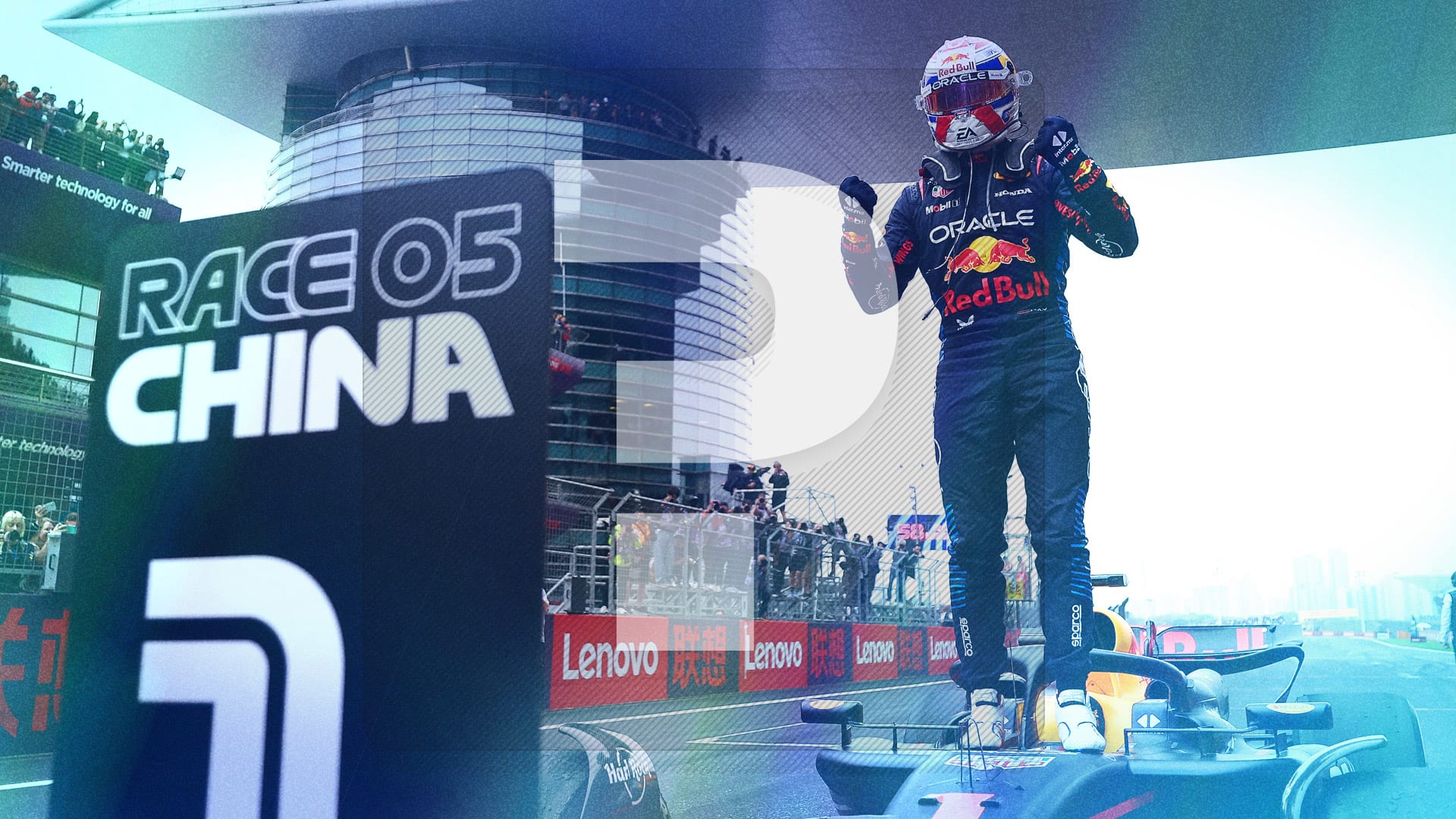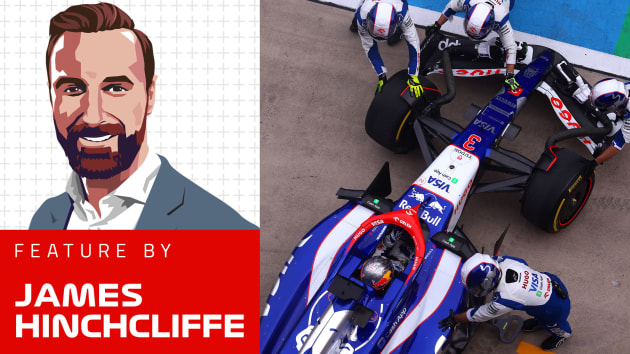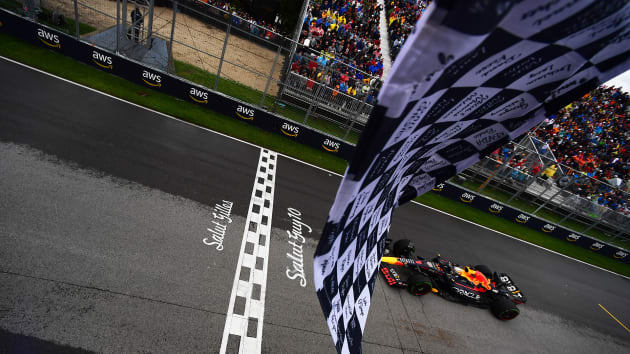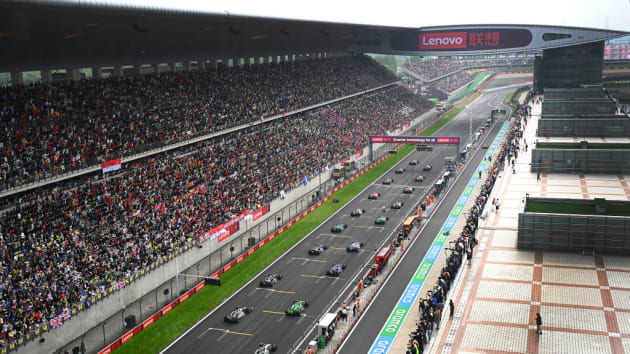
Technical
TECH TUESDAY: The design tweaks helping Force India zero in on McLaren’s sixth place

Technical Contributors
Mark Hughes and Giorgio PiolaShare

When Force India became Racing Point Force India after the change of ownership between the Hungarian and Belgian Grands Prix (because it was technically a new team) the 59 points they had accrued up to that time were annulled. They began from zero points and 10th place in the constructors’ championship at the Belgian Grand Prix, with nine remaining races in which to get as far up in the prize money-paying constructors' table as possible.
Sergio Perez and Esteban Ocon between them have scored 47 points for the team since that time, putting them in seventh place in the constructors'. With two races still to go, McLaren’s current sixth place, 15 points ahead of Force India, looks within reach but far from certain. Since that Belgian race, Force India have gained 37 points on McLaren in seven races (an average of 5.29 points gain per race). But they need to improve on that if they are to take that valuable extra constructors’ place.
The on-track performance comparison between the two teams is very interesting, given their very different circumstances. In Melbourne, for the opening race, Force India qualified 0.313s behind McLaren. Force India had endured a financially-imposed limitation to their pre-season preparations, with the bare minimum of testing and insufficient spares. But by the second race, in Bahrain, they were able to extract much more of their car’s potential and qualified 0.203s ahead of McLaren. By race four in Baku, they were qualifying over 1s faster than McLaren.
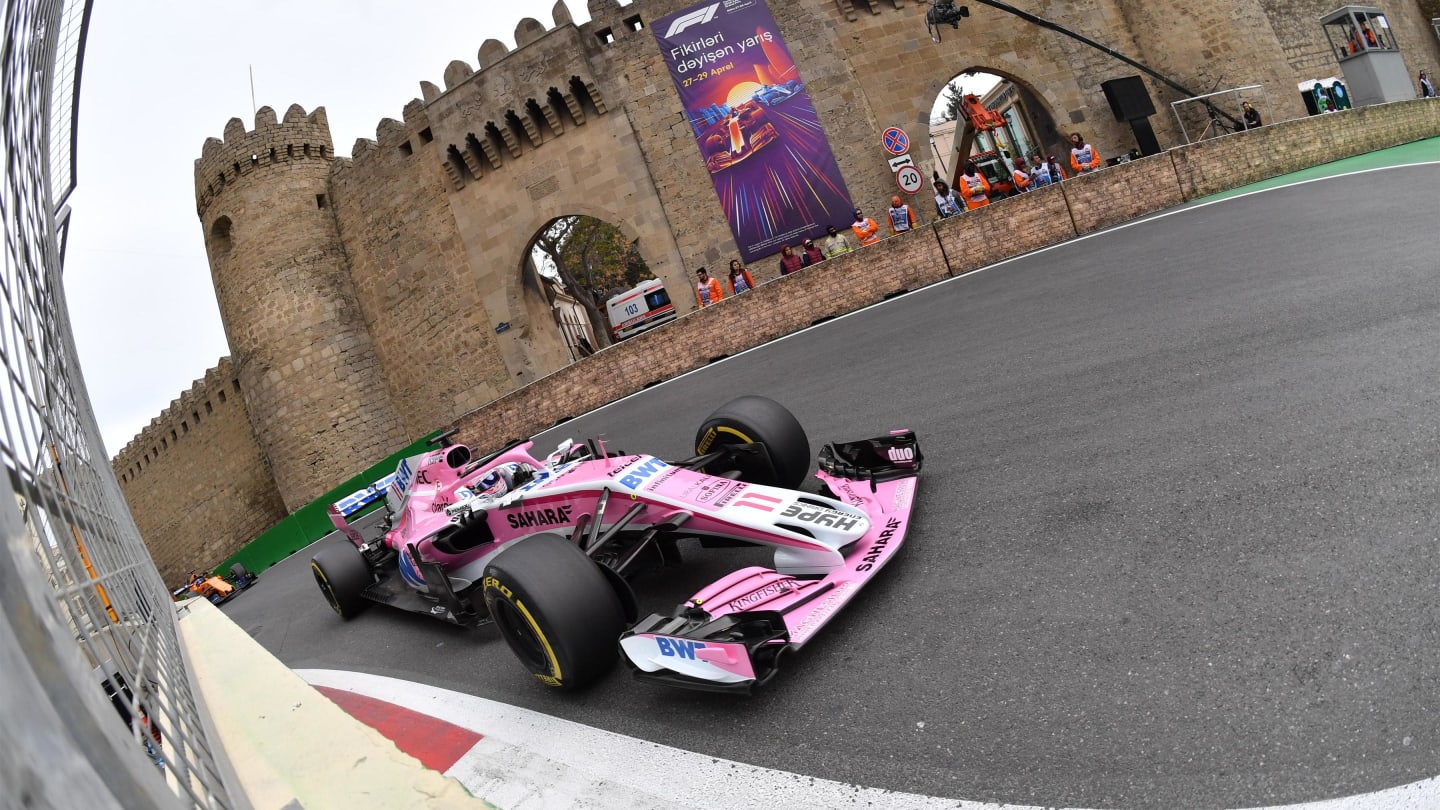
Force India were a second quicker than McLaren in qualifying for Baku
For most of the first half of the season, the Force India VJM11 received virtually no development as the funds were simply not there to make the pieces. But the team grew their understanding of how to maximise the car – and in the meantime continued its development in the virtual world of CFD and wind tunnel, ready for when the parts might be made. McLaren, meanwhile, were finding the MCL33 locked in a development dead zone, with a fundamental aerodynamic imbalance in medium-speed corners that wasn’t showing up in the wind tunnel. New parts were being made and going onto the car, but were simply not working as simulation had suggested.
By the time of Hungary, Force India had edged seven points clear of McLaren to be running a close sixth in the constructors’ championship – and within spitting distance of fourth. Then their points were annulled.
That was the bad news. The good news was that, with the rescue of the team, the budget was now there to make all those development parts that had continued to be tested in simulation. This all came together with one massive upgrade in Singapore. This comprised the following:
Barge board redesign
The leading vertical element has been increased in height and curved at the top to meet the bodywork. This will have been to better align it with the flow found to be coming off the front upper wishbone. This flow will have changed after the introduction of the new front wing in Monaco – but without the budget to make the new pieces to go with the wing. The bigger leading element has left room for only seven cascading elements behind it, rather than the previous eight. Their alignment shows how they are progressively turning the airflow outwards to merge more smoothly with the sudden section change that the sidepod inlet represents. The barge board prevents the air just crashing into this, which would stall the flow down the side of the bodywork and reduce downforce as well as creating a lot of extra drag.
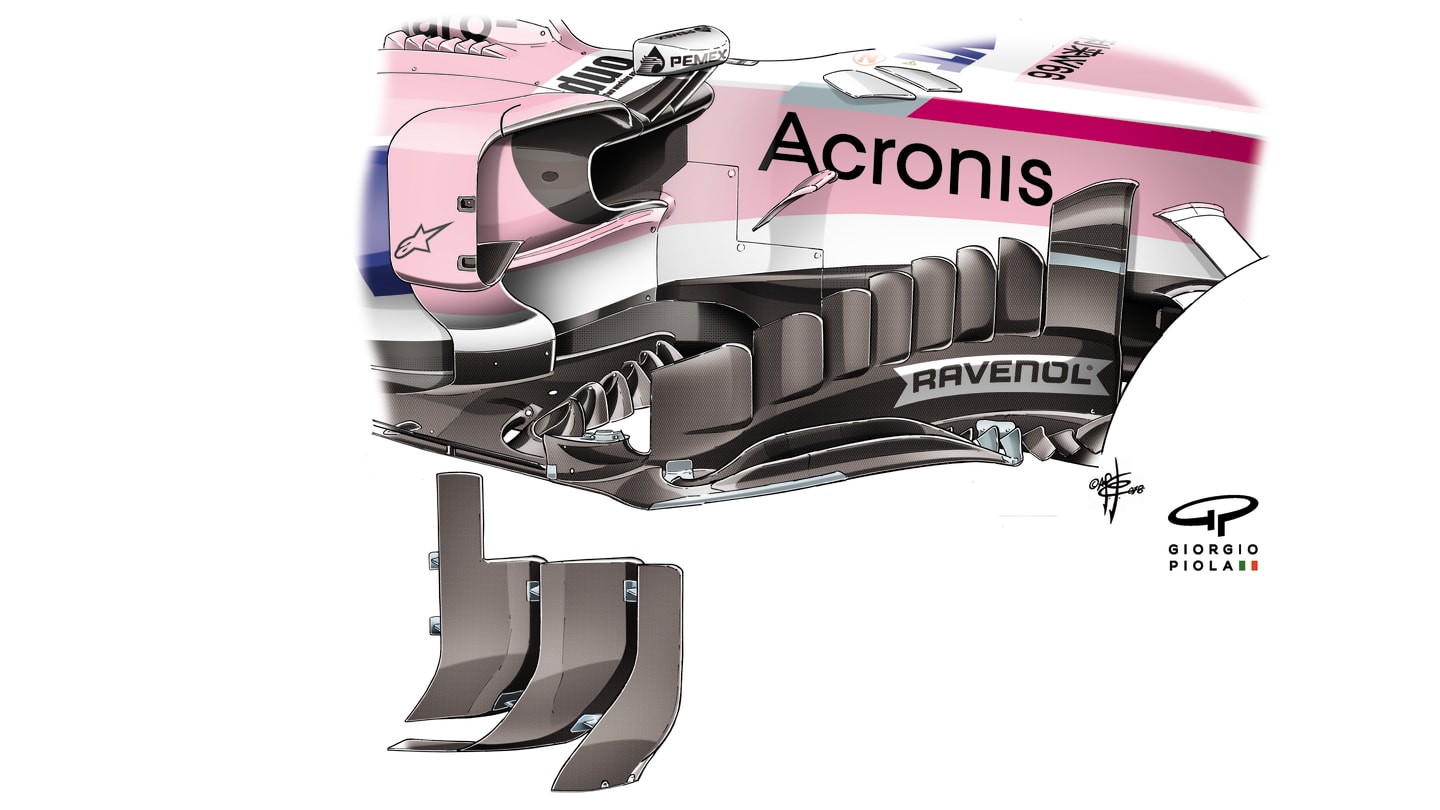
The redesigned barge boards introduced in Singapore
Leading edge
Sat low just behind the barge board can be seen the leading edge of the floor, with ducts cut into it. On the old floor were three ducts, with the new one six. These take the air that flows in between the inner face of the barge boards and the cockpit tub and trains it to create vortices that travel along the outer edge of the underfloor to give the whole floor a virtual seal at the side, where the air would otherwise leak out and reduce the negative pressure of the floor and therefore the downforce. Six smaller fins will be able to give a more accurate and targeted set of vortices and will represent more detailed simulation than the original.
Splitter
Hidden behind the barge board is a horizontal section of bodywork, called the splitter. This too has slots cut into it which appear to be contoured in such a way as to take some of the airflow beneath the ducts in the leading edge of the floor, probably to increase the power of the vortices those ducts are creating. If the airflow can be directed in such a way as to increase the speed of the circling current of air (the vortex), then those vortices become more powerful. The new splitter has much-enhanced contouring of the slots.
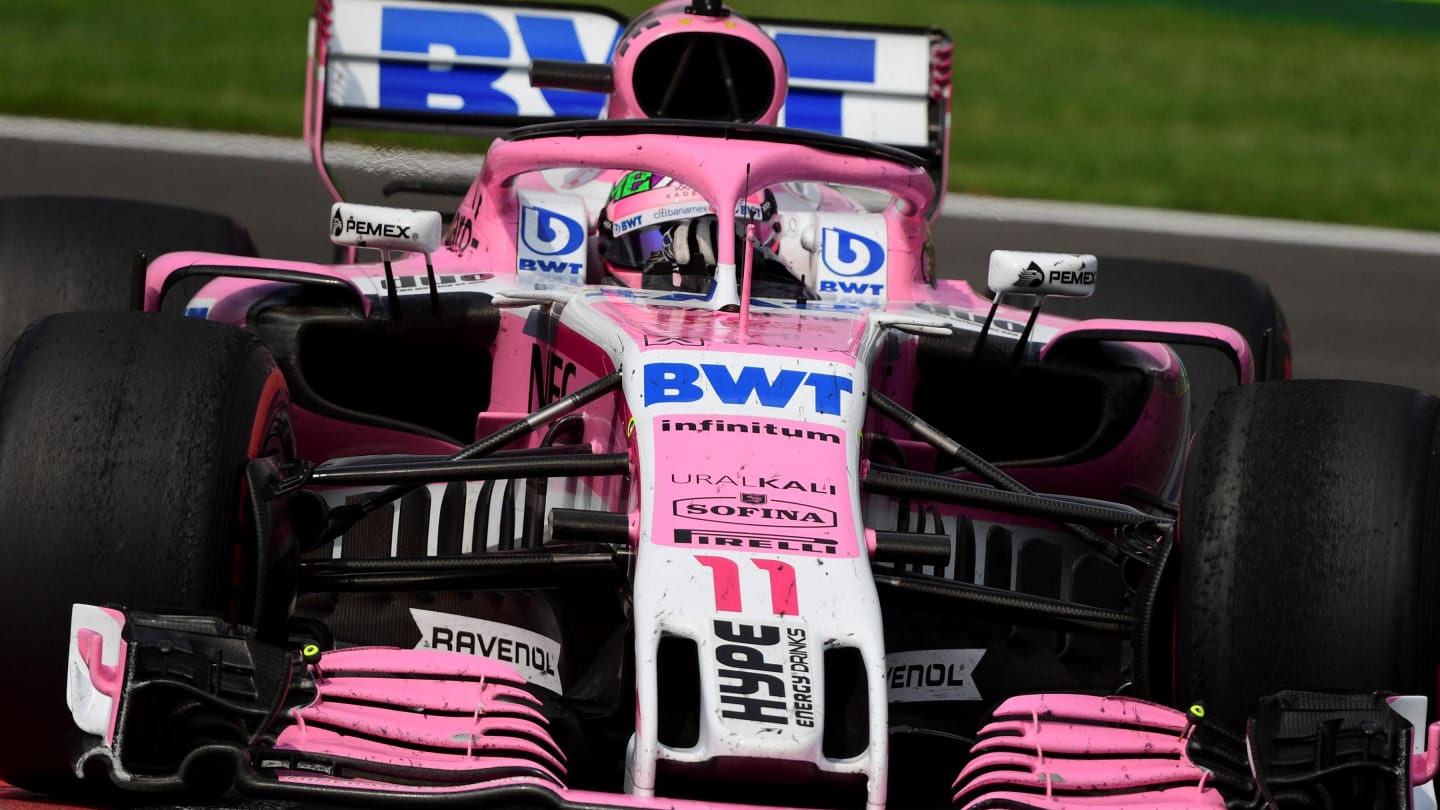
The VJM11s now run stubbier mirrors
Mirrors
The new wing mirror has deleted the previous support arm connecting it to the cockpit and is mounted on two shorter, stubbier supports than before. Those supports are angled in such a way that suggests they are directing air downwards to the top of the sidepods, reducing the lift that tends to be generated there.
Floor corners
Ahead of the rear wheel, the corner of the floor has been curved upwards and the shape of the surrounding slots changed. These, in concert with changes to the shape of the mini-aerofoils on top of the rear brake ducts, will have changed the external draw upon the diffuser – and the diffuser’s shape at the outer edges has been subtly altered accordingly. The harder the draw on the diffuser from the external air pressure, the faster the air is pulled through the underbody and the greater the downforce.
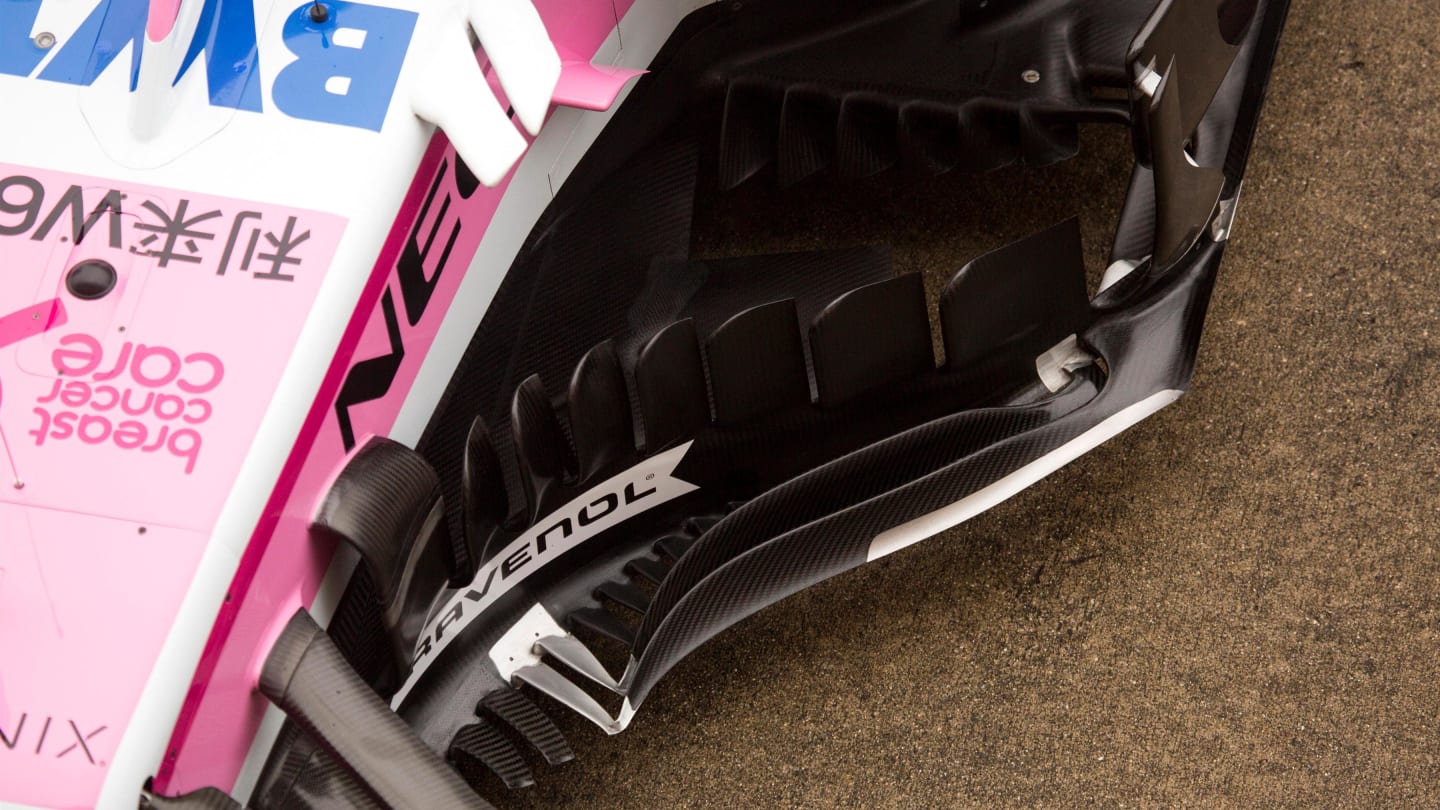
The corner of the floor has been reworked to give extra downforce
With this update in place, in the last four races Force India have qualified an average of 7.75th on the grid, with McLaren averaging 15.75th. The average lap time advantage Force India have had over McLaren (when comparing the same sessions) has been 0.825s.
So the challenge in Brazil and Abu Dhabi is very clearly laid out. But Fernando Alonso, for one, will be keen to leave F1 on a high and not give away any of McLaren's ground to their rivals...
YOU MIGHT ALSO LIKE
FeatureF1 Unlocked HINCH'S HEROES: Who impressed Indycar star James Hinchcliffe at the Sprint weekend in China?
News Kick Sauber sign Nico Hulkenberg for 2025 ahead of Audi transformation
NewsF1 Unlocked Have your name on the Canadian Grand Prix Chequered Flag
News Championship points and 2025 pre-season testing discussed in second Formula 1 Commission meeting of 2024
